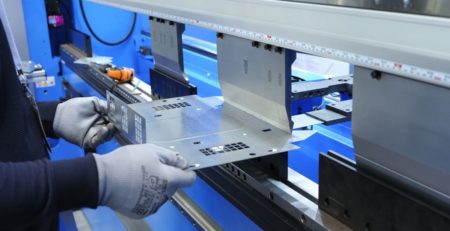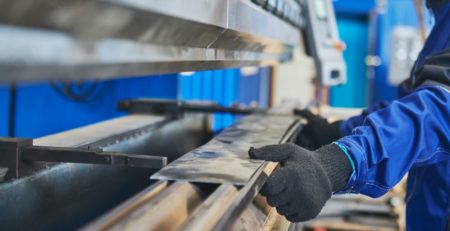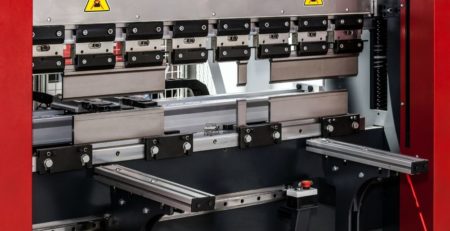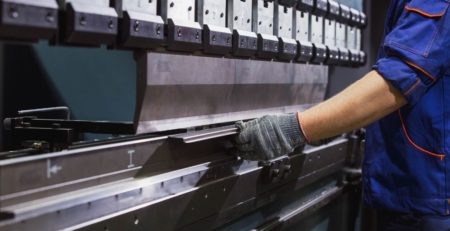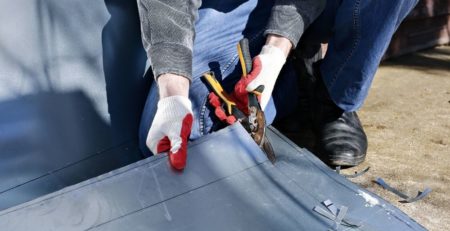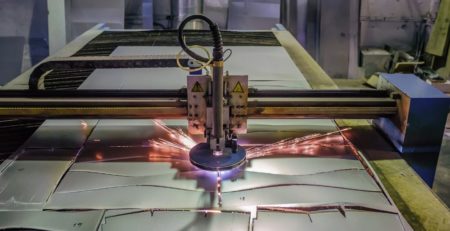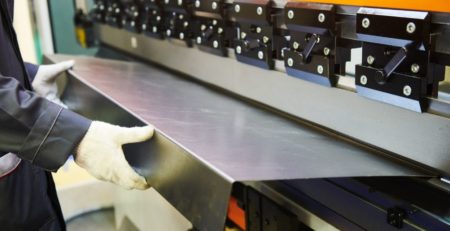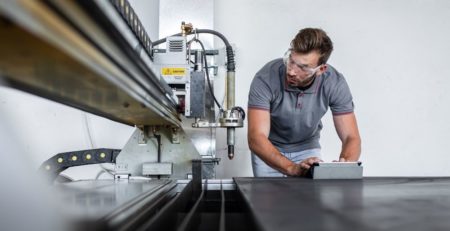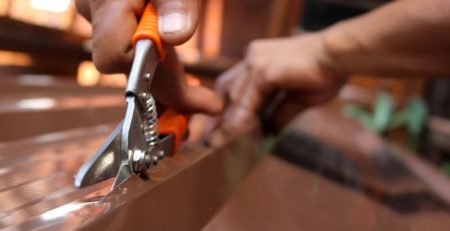Understanding How Roll Forming Machines Work
Life is full of so many questions. Why is the sky blue? What happened to Amelia Earhart? How does metal get bends in it? Luckily, we can answer that last question! Angle roll forming machines are used to create bends in metal that’d be impossible to achieve by hand. This article will help those struggling with understanding how roll forming machines work. After reading this article, you’ll have at least one of those mysterious life questions answered.
The Basics
There are four main parts to an angle roll forming machine. Be sure to take some notes, future metal fabricators! The first part is the entry, where workers place the piece of metal into the machine. The next part is arguably the most critical component of the mechanism. Stations, baby! Essentially, stations are where the metal is rolled or punched. Every machine can have a different number of stations depending on how fast it operates. Mac Tech’s Heavy Series Angle Rollers, for example, have three hydraulic motors to make things speed along more quickly. If you’re in the metal fabrication business, you know that time is money!
The third part of the mechanism is the cut-off section. Keep in mind that this is where automation comes into play. Some metal fabricators are worried that automation will take over their jobs—this couldn’t be further from the truth. Instead, when using angle roll forming machines, workers can implement pre-determined specifications for the cut-off section. This makes life so much easier! The final section of the machine is the exit. Workers need to grab the material off the device before putting another piece of metal on the entry. See, metal fabricators? You play an integral role in the process, and you need to be quick on your feet!
So, How Do They Work?
Now that we’ve talked about what the machine looks like, it’s time to start talking about what they do. It goes without saying that these machines roll metal. The real question is, how do they do it? The answer is simple. Workers slide in a coil or piece of sheet metal, and the entire process is continuous. The material glides along the device as it makes rolls or punches. Then, based on your specifications, the cut-off section will cut off any additional material. Once you pick it up from the exit, BAM—you have a piece of rolled metal.
A lot of previous articles focused on hot and high-powered lasers getting the job done. Roll forming machines are different in that sense because they operate at room temperature. The stations are what’s most important. Depending on what carrier you purchase things from, you can get different station parts to achieve the look you want. For example, Mac-Tech has devices that need to be rolled and those that only need certain angles. So, really, the possibilities are endless with one of these mechanisms in your shop.
The Advantages of Angle Roll Forming Machines
So, we’ve talked about how angle roll forming systems look and how they operate. We’re done, right? WRONG. Next, we need to discuss the advantages of using a roll forming machine. If given a choice, why should you purchase one of these over a plasma cutter? Here are a few reasons why angle roll forming mechanisms are changing the game:
- These devices are more energy-efficient than other devices since they operate at room temperature. Sure, plasma cutters increase shop efficiency through quick cutting, but they take up so much energy since they’re so hot! Shops looking to be sustainable should give angle roll forming mechanisms a try.
- Angle roll forming devices rarely require any finishing when the products are produced. The entire process is very uniform. Since the coil or sheet metal glides through the machine, it’s rare to have any unwanted marks or scratches. This reduces the need for deburring and finishing machines. You know what that means—saving money, baby!
- These machines create angles and shapes that no other device can. If you need something with ridges or sharp edges, angle roll forming is the way to go.
Mistakes To Avoid
I know we’ve thrown a lot of information at you. However, there’s one final point to make about roll forming machines. There are certain mistakes you have to avoid at all costs if you want to be successful. For starters, pay attention to the machine’s capabilities. Never put too thick of a material into the device because it could jam up and cause significant problems. Also, always make sure to watch the material go through the machine in case it gets stuck, and be sure to pick it up at the exit point. The last thing you want is someone loading in a new piece at the entry point when you haven’t picked up the previous material yet.
Understanding how roll forming machines work is more complicated than you’d think. This article has shown that not just any Average Joe can start up one of these machines and have it work perfectly. Instead, they need to know about the four essential parts of an angle roll forming device. Furthermore, it’s important to know that stations are the heart of the machine. The more stations a machine has, the faster it’ll go. Stations can also change shape depending on what you want the end result to look like. Are you guys taking notes yet? This is a lot to remember!
Finally, we discussed the benefits of using one of these mechanisms. These machines can produce completely uniform products because there’s little human involvement in the actual production. There’s little room for error since everything’s so continuous. This means shop managers can save money on finishing and deburring devices. You don’t need those anymore, baby! The systems also produce shapes that no other device can. You can work with angles, rolls, or tubes if you need to. Whatever you want, the angle roll forming system is there to provide. Remember to look no further than Mac-Tech for one of these mechanisms. We have top-of-the-line equipment that increases efficiency and keeps everyone safe. There’s no situation better than that!




